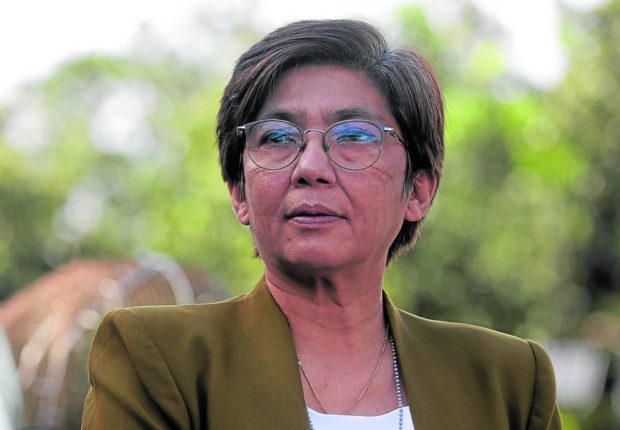MANILA, Philippines — Current COVID-19 health protocols in the Philippines will remain in place should the World Health Organization (WHO) soon declare an end to the global health emergency phase of the coronavirus.
Department of Health (DOH) officer in charge Maria Rosario Vergeire said on Tuesday that safeguards against the further spread of the virus should be maintained to ensure that the population remains protected.
“Even [if] the public health emergency will be lifted, we know that the virus is here to stay,” she said in a press briefing. “So the Philippines will continue to be cautious and vigilant and we will still be imposing the same restrictions.”
Vergeire said such lifting of the global emergency status on COVID-19, if it will happen, would mainly affect the country’s border controls, which have already been “gradually eased” in the past year.
But even with the more loosened border restrictions, the country’s healthcare system was able to “manage our COVID-19 cases,” she noted.
Upcoming WHO meeting
The emergency committee of the WHO is set to meet on Jan. 27 to decide whether the pandemic is still considered a public health emergency of international concern, the highest alert level for a health crisis.
The label was declared on Jan. 30, 2020, after the same committee convened in response to the growing global threat of COVID-19, then known as the novel coronavirus acute respiratory disease or 2019-nCoV ARD.
Dr. Maria Van Kerkhove, WHO’s technical lead for COVID-19, had said the world is “on track” toward the lifting of COVID-19 as a public health emergency this year.
But Dr. Alethea de Guzman, director of the DOH’s epidemiology bureau, said the Philippines should stay on alert against COVID-19.
“We don’t want to be blindsided by the emergence of new variants,” she said in an online forum last week.
“[Variants in circulation] constantly change, and every month there is a new variant,” she added.
The DOH had earlier warned of a potential surge of infections in February involving Omicron subvariants, with the most frequently reported causes of infection those of BA.2.3.20, BN.5, BA.1, XBB, and XBC.
The health agency said that as minimum public health standards decline and there is continuous detection of highly transmissible and highly evasive variants, new infections will likely increase.
‘Incremental’ rise
But despite the warnings, the DOH said no significant changes in the country’s COVID-19 cases have been noted since in-person gatherings during Christmas and the New Year, including other events and the daily crowding of commuters, resumed for the first time in two years.
Still, Metro Manila, the rest of Luzon, and Mindanao are showing an “incremental” rise in infections this week from a declining trend in previous weeks, according to the latest DOH monitoring.
Nevertheless, hospital admissions for severe and critical COVID-19 cases are “beginning to plateau after a recent slight increase,” according to a separate DOH report on Tuesday.
The official numbers do not capture asymptomatic individuals and those who tested positive via rapid antigen kits.
Other countries, such as the United States and China, are bearing the brunt of another spike in cases caused by new strains, alongside more relaxed COVID-19 policies.
The United States records nearly half a million cases weekly, while China had about 600,000 COVID-19 fatalities since it stopped in early December its stringent “zero COVID” policy.


